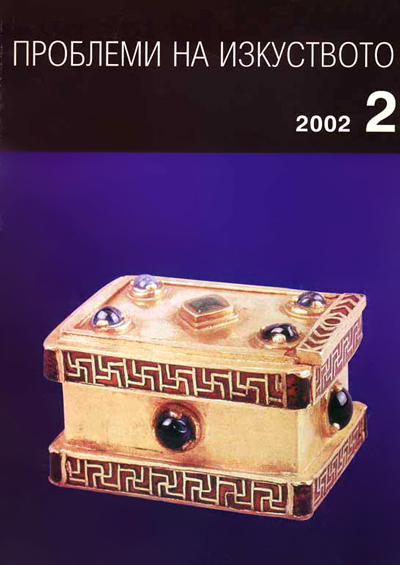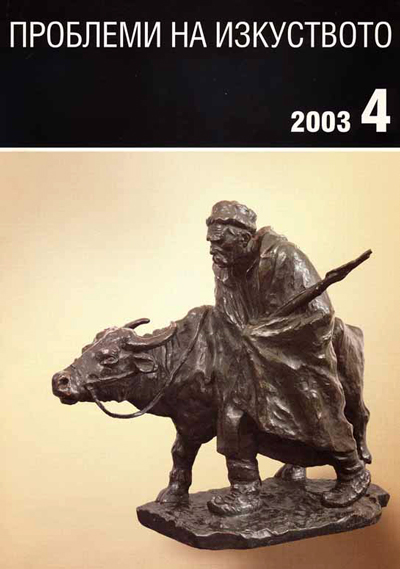
We kindly inform you that, as long as the subject affiliation of our 300.000+ articles is in progress, you might get unsufficient or no results on your third level or second level search. In this case, please broaden your search criteria.


In terms of gender studies and the history of women in art the author reproduces the biography of the entirely forgotten Russian artist Yulia Svechnikova-Belkovska (1874 - 1960) who came to Bulgaria with her husband Asen Belkovsky, her fellow-student from the Art School in Kazan, Russia, who was later to become a prominent artist. The article presents a thorough study of her life in Russia, Munich and Paris (1905 - 1906) until she finally settled down in Bulgaria (1907), as well as her life in the latter. Her life is closely related to her husband’s except for the academic schools attended by him only. Her artistic style is quite close to his, too: they share the same parallel development and eventually establish the style to be later named “Belkovsky". It contributes to the portrait and landscape painting, plenary sessions included, as well as the use of some impressionistic methods and a new modern approach to the sketch. The better use of the style, however, would be rather made by Asen Belkovsky as the more active and obliged one in a man’s world; Yulia Svechnikova would always remain in his shade. Still underdeveloped, the Bulgarian art marks the appearance of other women of artistic training; they were also married to Bulgarian artists, yet, in general, they didn’t aim at promotion and career in sacrifice to their husband's personal progress in a native environment. These women’s abandon of the ego and the neglect of talent could be characterized as the syndrome of the “echo-wife”, i.e., to deliberately mute one’s creativity and fully adopt the creative approach of the paragon as a man, husband and teacher, no matter of the equal good start of them both. This attitude isolates women and puts them in a marginal position at the beginning of XX century when women’s active creativity struggled for the recognition of not “essentially feminine art” only but rather to gain emancipation through the professional attributes of women’s art.
More...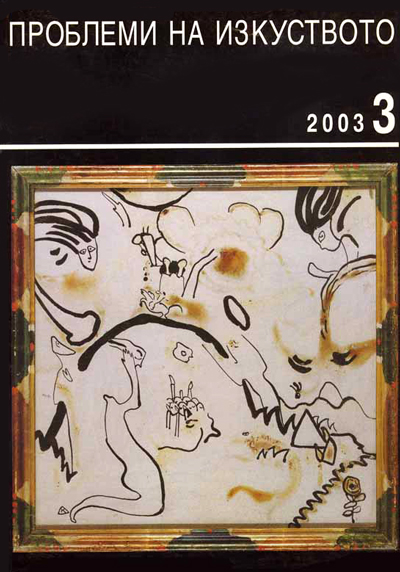



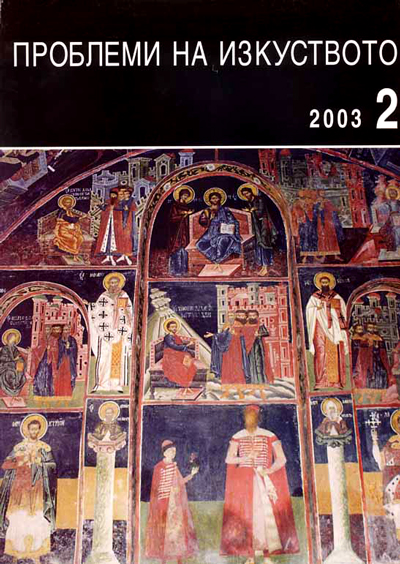



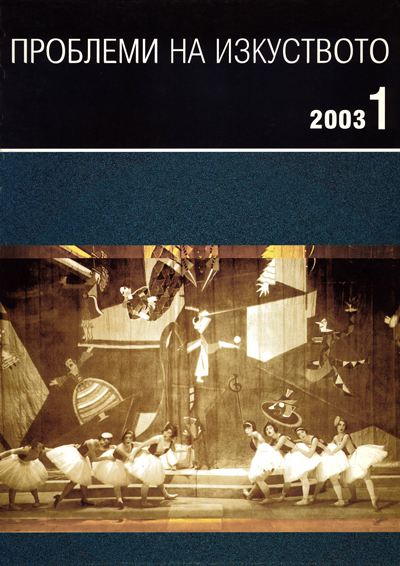

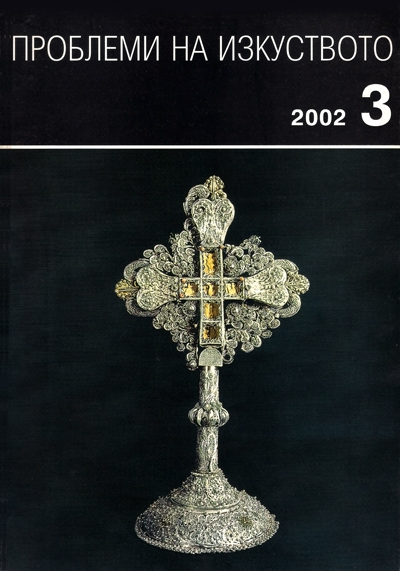

A marble cross of the Latin type was discovered by chance in 1981 in the locality of Kapitanitsa, near the village of Leskovets, Oriahovo district, now kept in the Historical Museum there, No 2560; with dimensions 59 x 36 cm; made of white marble. It represents the True Cross, made of an ancient oak tree, which all of a sudden came into leaf with two branches. The masterpiece reveals an antique sense of volume, the essence of difference surfaces, and the organic asymmetry of nature. Such types of crosses are not met in the Early Christian period in Bulgaria, and rare parallels come from Carthage -probably from a baptisterium, and have a liturgical function. The same purpose is assumed in the article and it is also considered that this type of crossed reflects the West Roman liturgy at the end of the IV - beginning of the V century, in the western part of the Lower Danube (from the line Oriahovo - Storgosis westwards), together with the Latin mosaic inscription of Basilica No 1 from Storgosia, part of the Western liturgy, and gold glass fragments from the necropolis also there. The cross was probably plased in front of the bema or aside in the eastern part of the Good Shepherd, coming from the village of Selanovtsy, Oriahovo district, published long ago and included among the Exhibition monuments of the Christian Art in Bulgaria, in 2001, in Rome. In the Catalogue the statue is considered to be from the tetrarchy. In our article the date is later, about the middle of the V century, according to the stylistic features (eyes, curls, tunic, pose). The hole on the tope of the statue (the capital-like top) is probably intended for a stand and so the whole statue was a candlestick or a leg of a table or decoration of fountain. Both monuments reflect the earlier phase of official Christian art of IV - beginning of the V century, when plastic values and marble were still very widely used in liturgical objects and implements, and during the V-VI centuries they were replaced definitely by metal ones almost entirely, and the ancient plasticity disappeared too.
More...